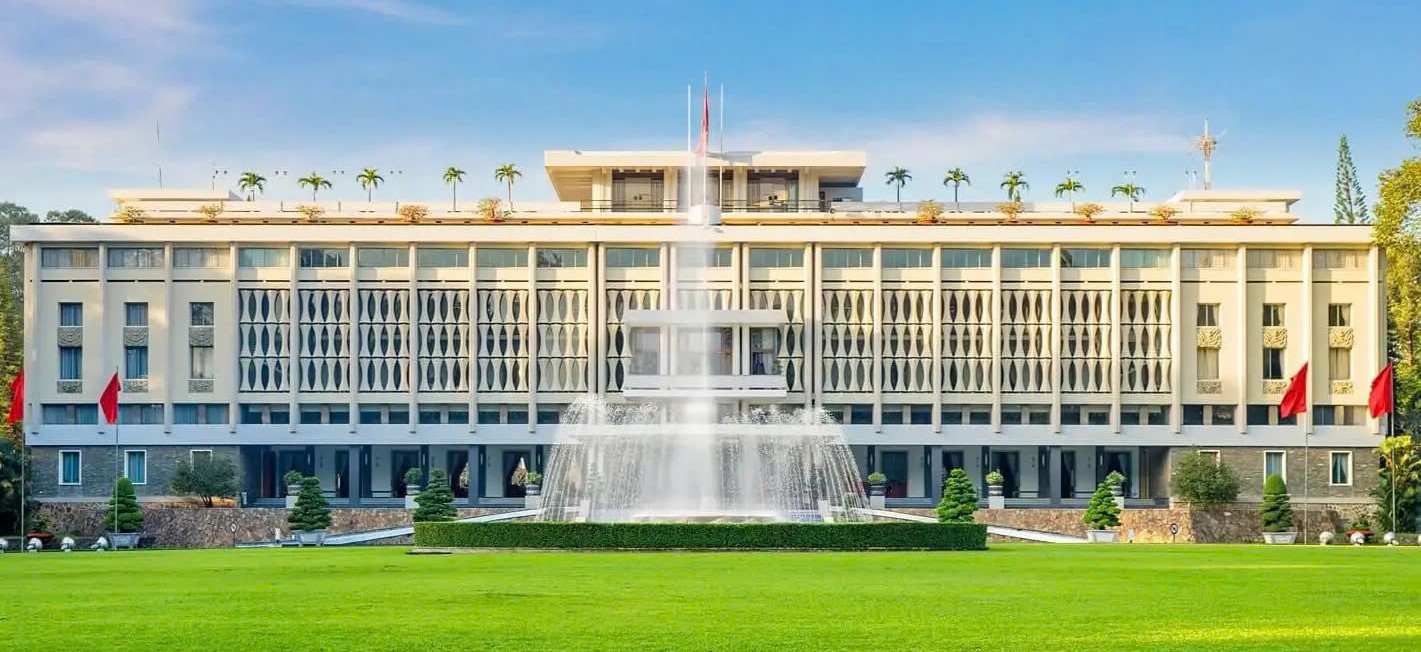
Independence Palace – A Living Monument at the Heart of Saigon
Amid the vibrant rhythms of modern-day Saigon, the Independence Palace stands as a solemn, resonant note — where the past meets the present in every stone and shaded walkway. More than just a historical site, it is an enduring symbol of Vietnam’s unwavering desire for peace, freedom, and resilience.
The Beating Heart of a Generation
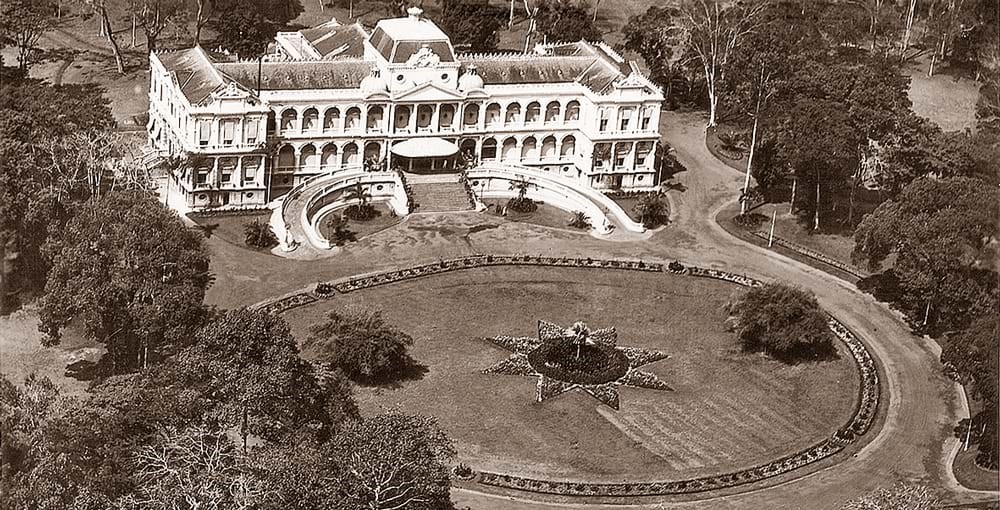
In the bustling heart of Vietnam’s largest city, the Independence Palace rises in quiet solemnity — a place where time seems to pause, allowing memory to speak. Through decades of turmoil and transition, the Palace has stood tall, bearing witness to the nation's most defining moments — war, division, reunification, and renewal. It is not merely a destination, but a living narrative, inviting every visitor to listen to the soul of a country.
Architecture of Vision and Identity
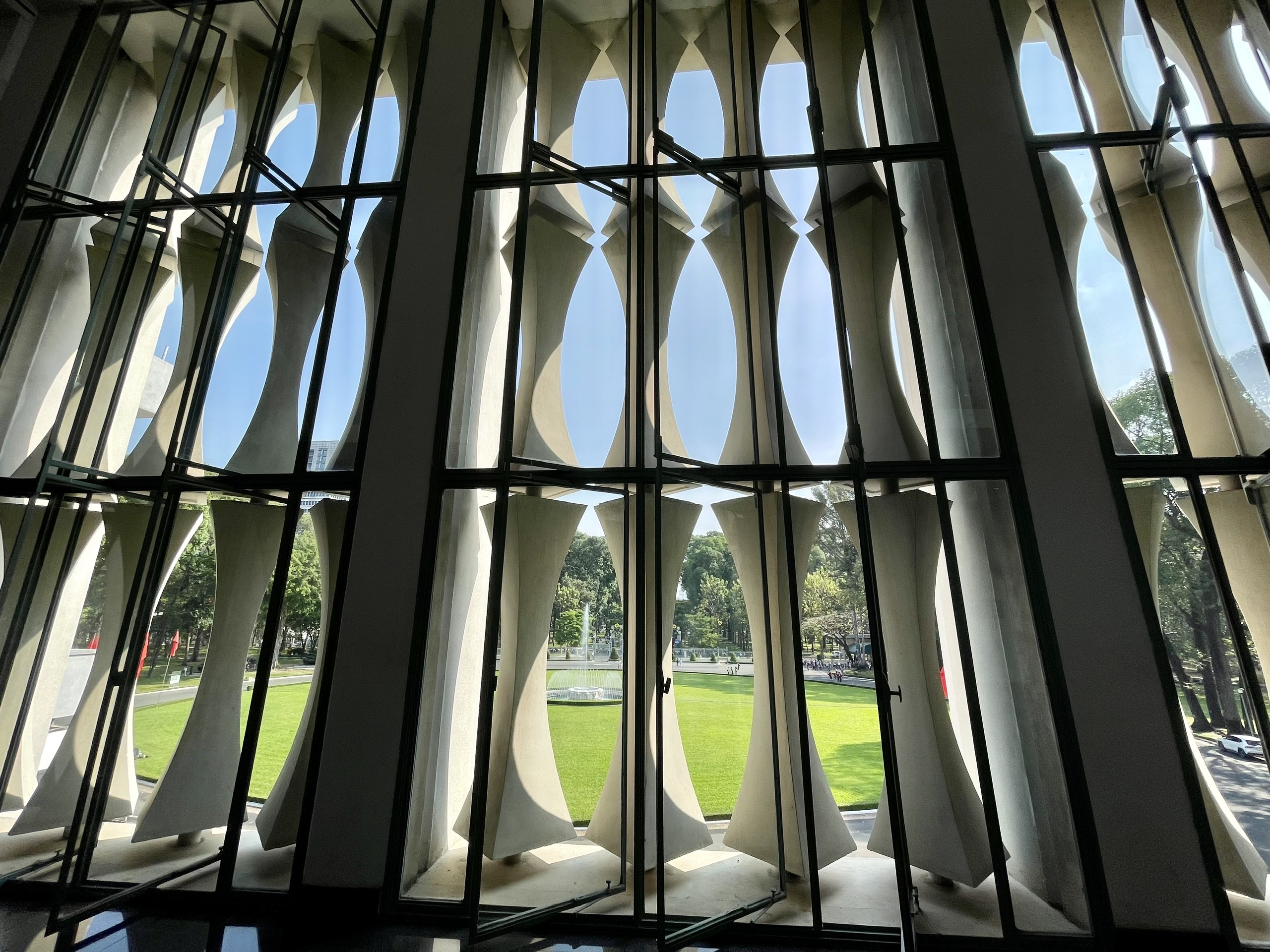
The palace reflects a unique blend of modernist design and Eastern philosophy, conceived by award-winning architect Ngô Viết Thụ. Its structure follows feng shui principles, with its front facing the South to catch the breeze, and the layout shaped like the Chinese character for “good fortune.” With three main floors, mezzanines, and a fortified basement, the building was designed to endure war, yet remain fully functional for governmental operation. The façade’s vertical sunshades — reminiscent of bamboo — symbolize resilience, while cooling the palace naturally. Inside, wide corridors and grand halls speak of dignity and stability, perfectly matching its role as a center of power and legacy.
Where History Was Etched in Time
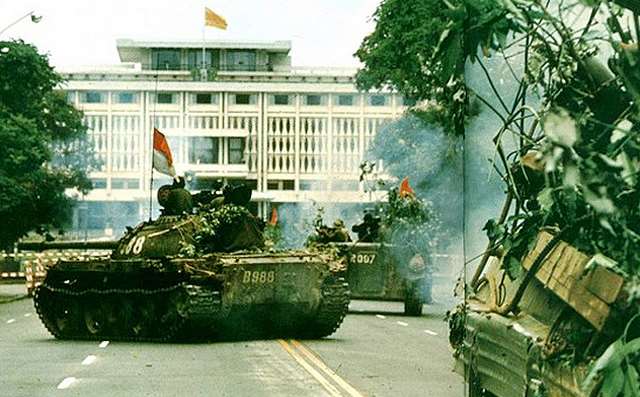
That moment on April 30, 1975 — when Tank 390 crashed through the front gate — marked the end of a long and painful war, and the birth of a united Vietnam. Today, the tank still rests solemnly on the palace grounds, a silent witness to the fall of one regime and the rise of national reunification.
A Living Time Capsule of Memory

Visitors can explore not just the grand ceremonial rooms — such as the Reception Hall, Cabinet Chamber, and the Credentials Room — but also descend into the underground bunkers, where war maps, radio equipment, and escape routes remain intact. The rooftop helipad, a vestige of urgency and escape, still marks the spot of a bygone era’s high-stakes decisions.
Where the Past and Future Meet

Today, the Palace stands not just as a heritage site, but as a dynamic classroom for future generations. It is a place where one remembers that peace was never free, that freedom was won — and that history is not confined to pages of a book, but lives on in the spaces we walk through.
A Palace That Moves the Heart
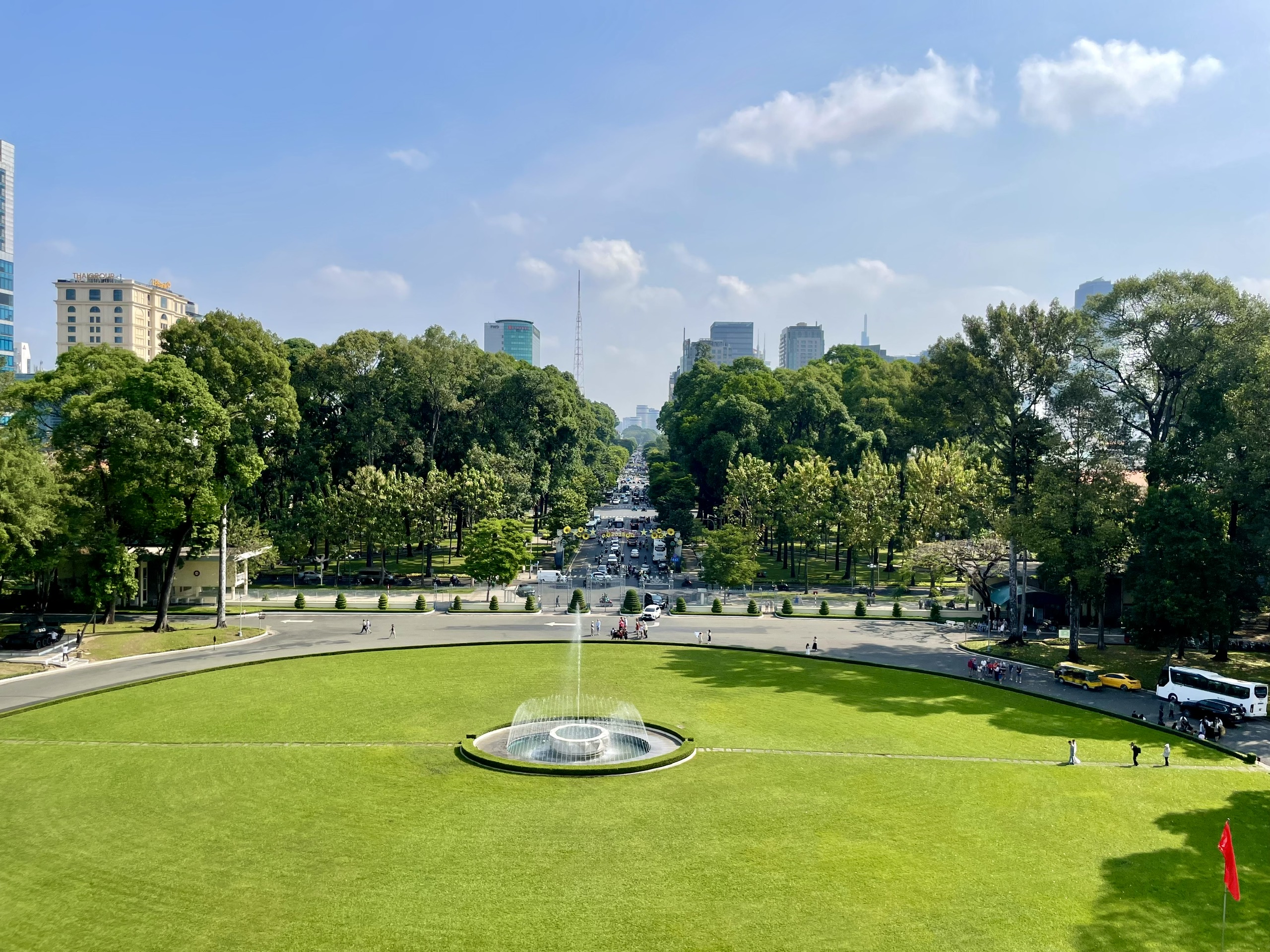
The Independence Palace is not just a historical building — it is an emotional odyssey. You don’t just “see” it, you feel it. You hear the silent echoes of the past, and the hopeful whispers of the future. It’s a place to pause in reverence, and to walk away inspired.
Continue reading
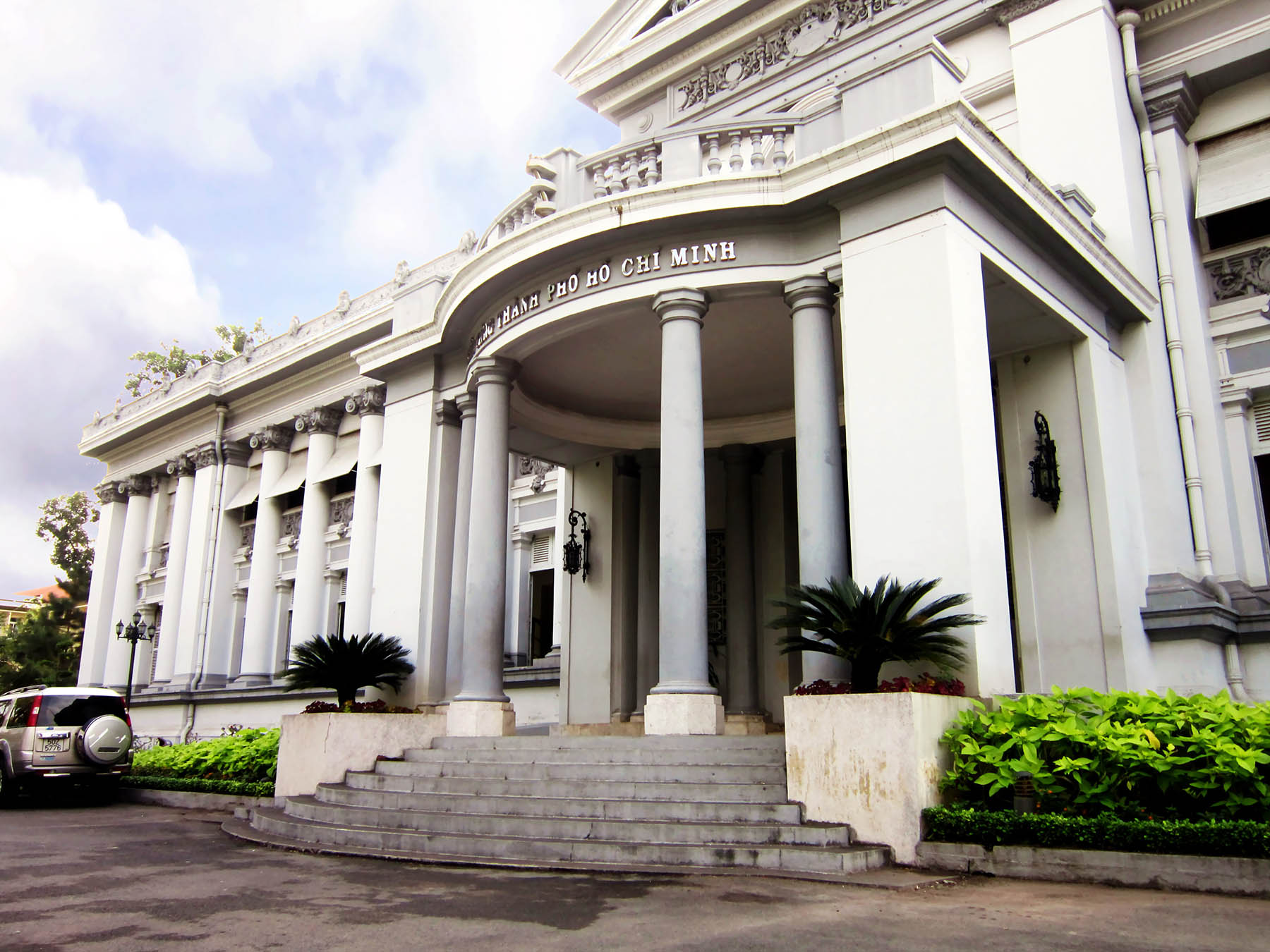
The Ho Chi Minh City Museum - The Journey of Saigon’s Most Powerful Mansion
Amidst the vibrant energy of the city stands an ancient, majestic European-style building, casting its silent reflection under the shade of ancient tamarind trees. This is the Ho Chi Minh City Museum. But unlike most museums, this place is special. Before it became a keeper of memories, this very building was a political storm center, the home of Saigon’s most powerful figures. The journey of 65 Lý Tự Trọng Street is a long and turbulent tale, transforming from a lavish mansion named Gia Long Palace into a museum for the people. Join Vietnam Guide Pass as we turn back the clock to explore the unique history of this very special "artifact."
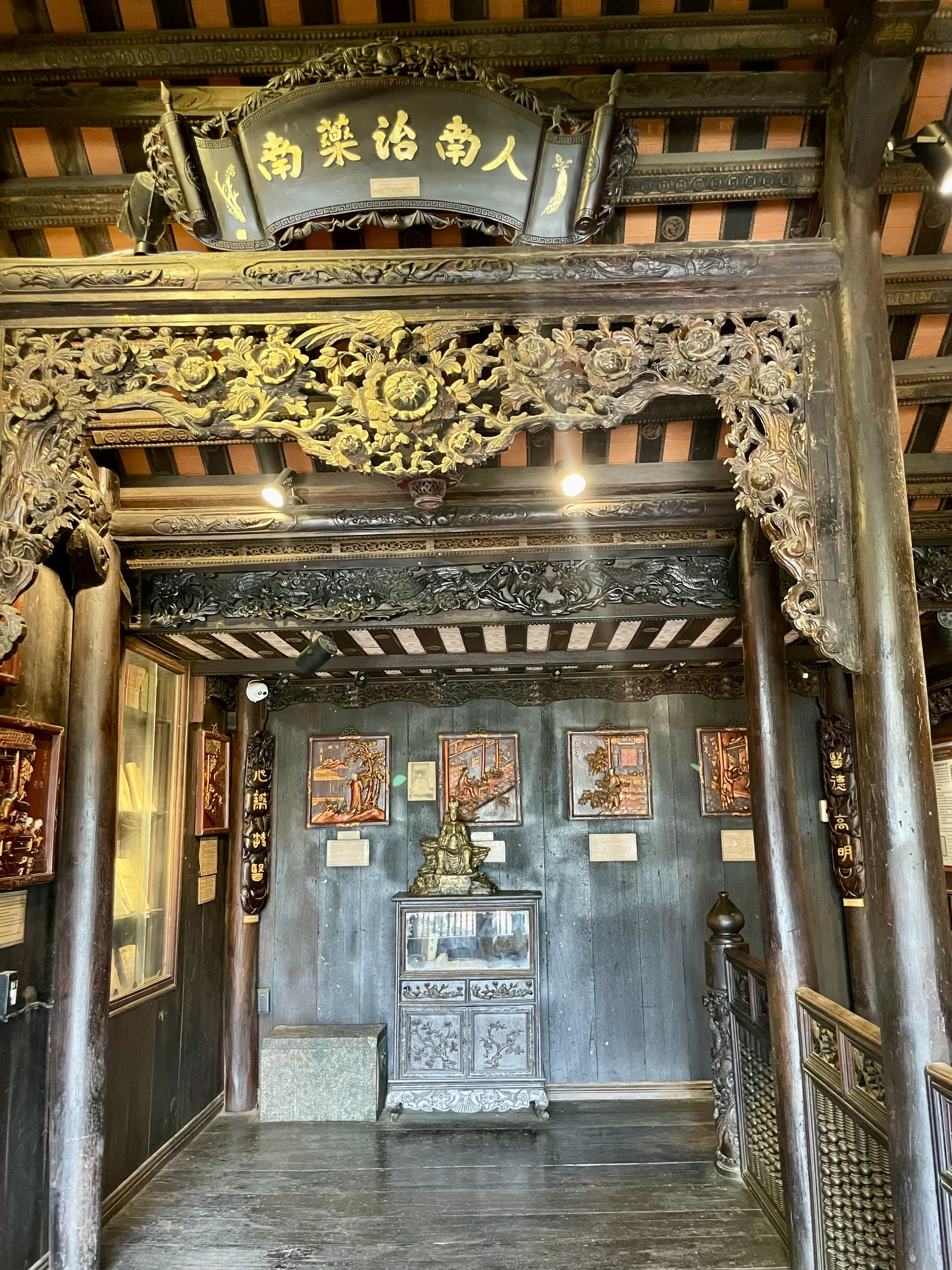
FITO Museum – A Soulful Journey into the Heart of Vietnamese Traditional Medicine
"Every step is a story. Every object, a silent witness to centuries of healing wisdom."

Cu Chi Tunnels – Where the Vietnamese Spirit Lives Underground
You’ve seen cities. You’ve visited temples. But have you ever crawled through the veins of history? Have you ever stood in silence, underground, and felt the heartbeat of a nation that never surrendered? The Cu Chi Tunnels are not just a tourist attraction—they are a living memory of resilience, sacrifice, and the unbreakable Vietnamese spirit.
